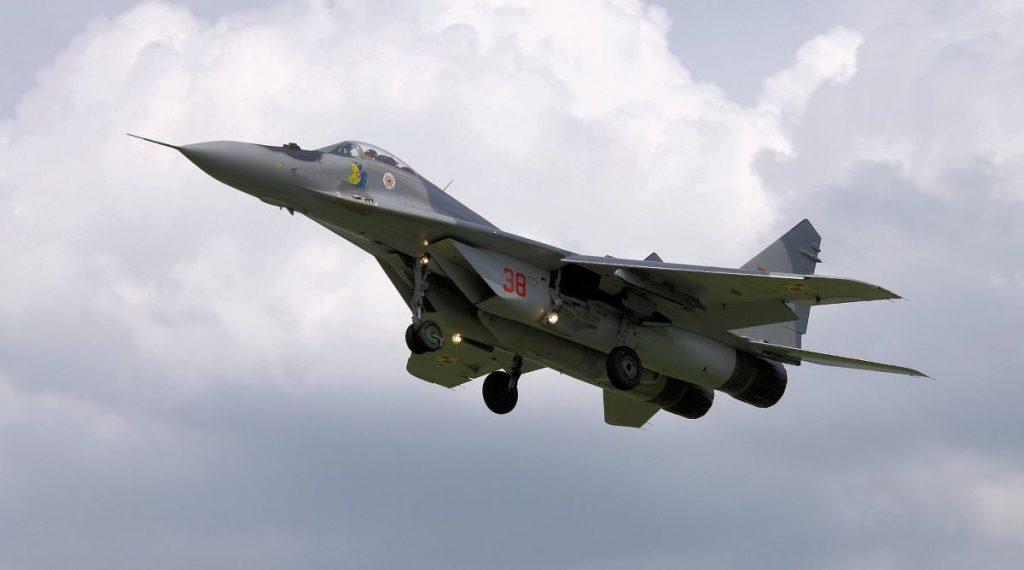Despite decades of service, these aircraft have proven too valuable, reliable, or adaptable to phase out.
Others are reading now
Despite decades of service, these aircraft have proven too valuable, reliable, or adaptable to phase out.

The Cold War era was a time of intense military innovation and aerial engineering. While many aircraft developed during this period have long since been retired or relegated to museums, some continue to fly missions to this day.
Whether upgraded with cutting-edge tech or still flying in their original form, these planes are a testament to enduring design and utility.
Boeing KC-135 Stratotanker
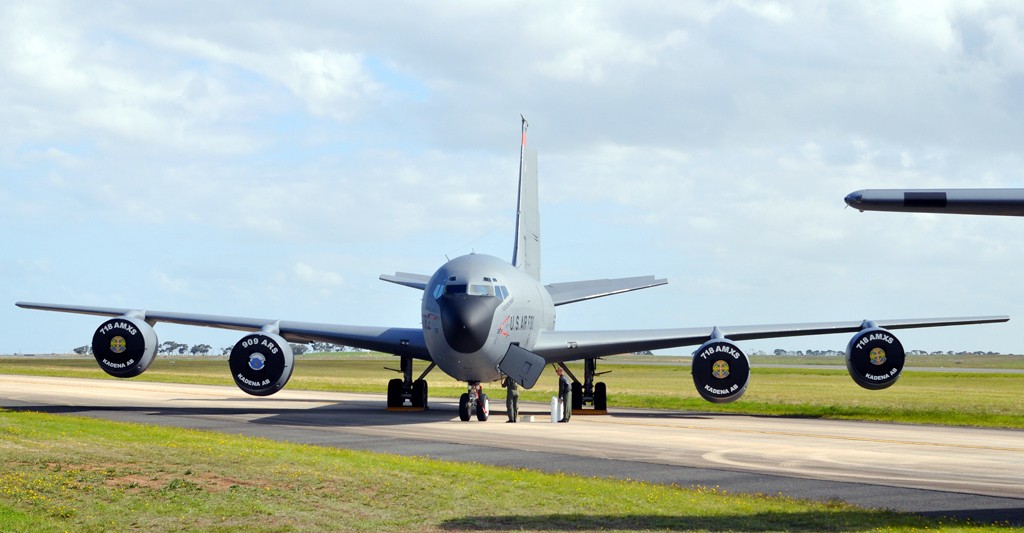
First introduced in 1957, the KC-135 remains essential for the U.S. Air Force’s aerial refueling operations.
Also read
Designed to keep strategic bombers in the sky during the Cold War, today it continues to support global missions by keeping modern jets and bombers fueled in mid-air.
Dozens have been updated with new avionics and engines, making them viable well into the 2030s.
Lockheed U-2 Dragon Lady
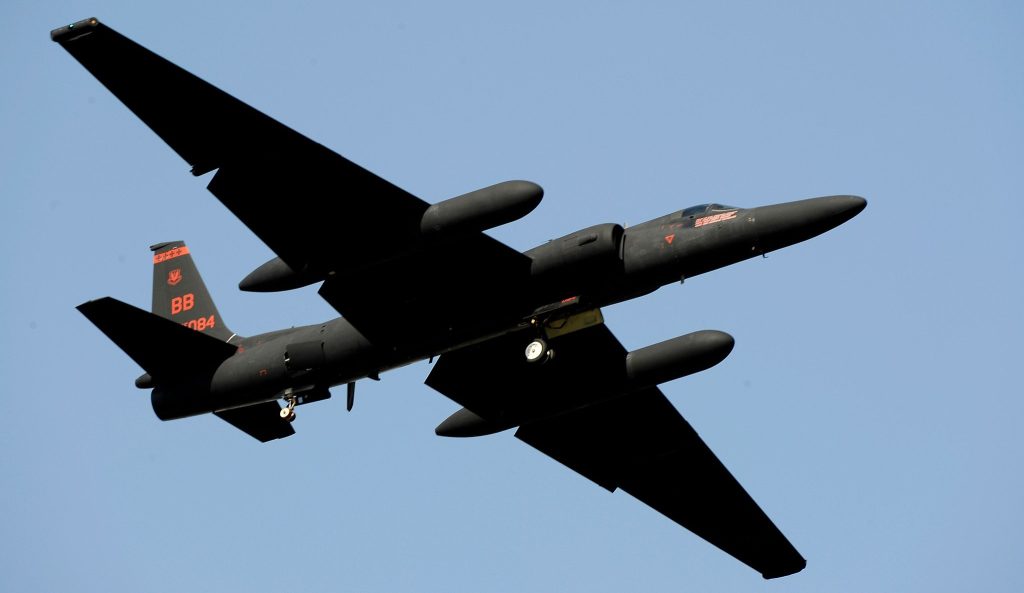
Few aircraft evoke the mystique of the Cold War like the U-2.
Famous for its high-altitude surveillance missions over the Soviet Union, the Dragon Lady remains unmatched for certain types of reconnaissance.
With continued upgrades to sensors and electronics, the U-2 is still deployed for intelligence-gathering missions in a satellite-dominated era.
Mikoyan-Gurevich MiG-21
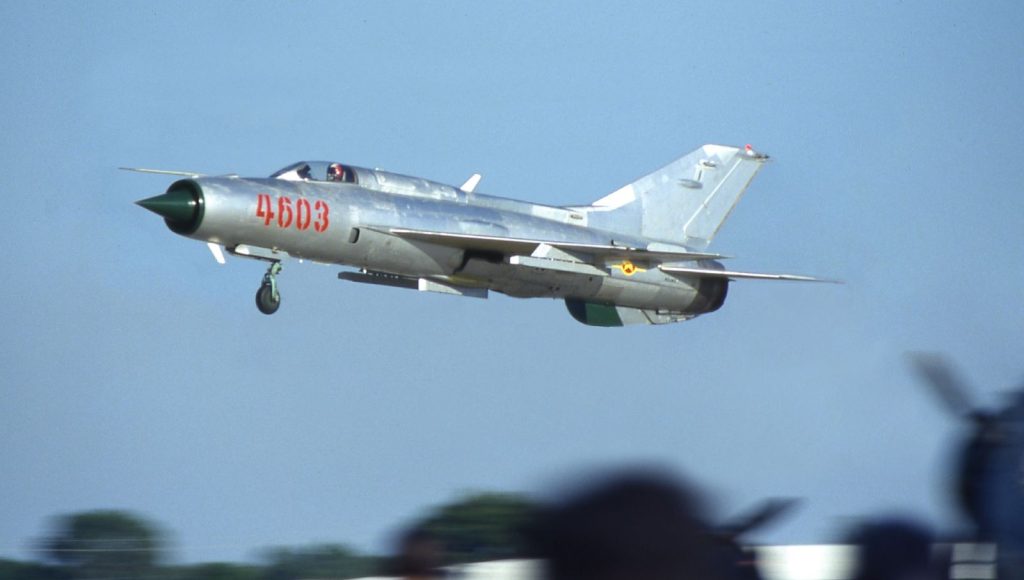
Once the most widely produced supersonic jet fighter in history, the MiG-21 is still active in the air forces of several nations, including India, Romania, and Croatia.
Cheap to maintain and easy to fly, the MiG-21 remains a symbol of Cold War-era Soviet aviation that has yet to fully disappear from modern skies.
Boeing B-52 Stratofortress
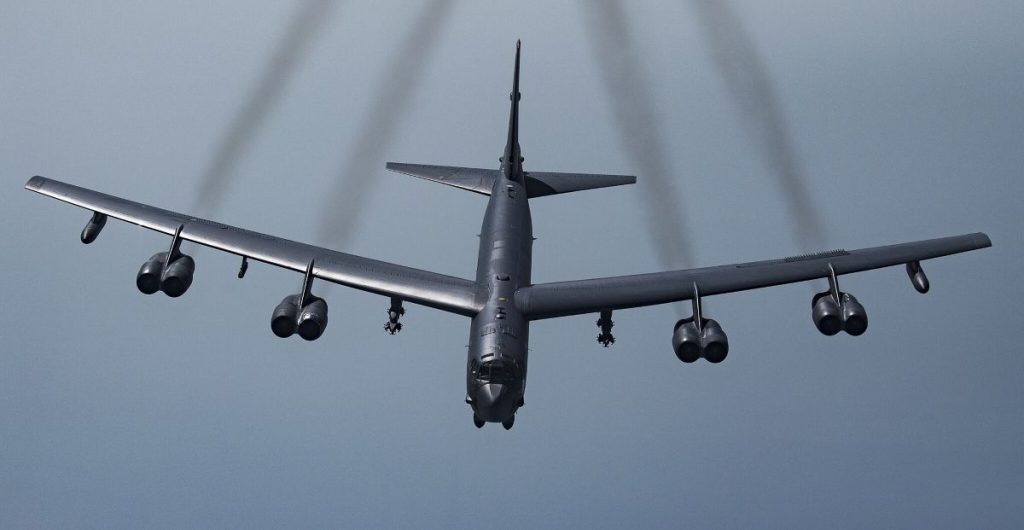
The B-52 has flown for more than 70 years and is still not close to retirement.
Built for nuclear deterrence, this long-range strategic bomber has seen service in Vietnam, Iraq, and Afghanistan.
With modern upgrades to radar and weapons systems, the B-52 is expected to serve well into the 2050s, making it one of the most enduring military aircraft in history.
Lockheed C-130 Hercules
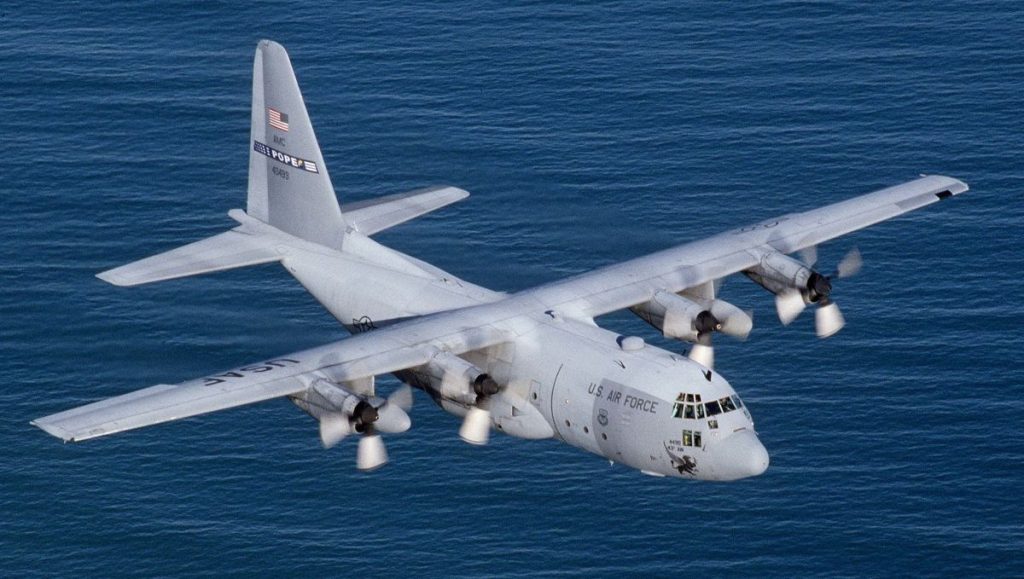
Introduced in 1956, the C-130 Hercules is the Swiss Army knife of military aviation.
Used for transport, medical evacuation, firefighting, and surveillance, its rugged frame and ability to land on short runways make it indispensable.
It remains in production today and continues to evolve through constant modernization.
Northrop F-5 Freedom Fighter
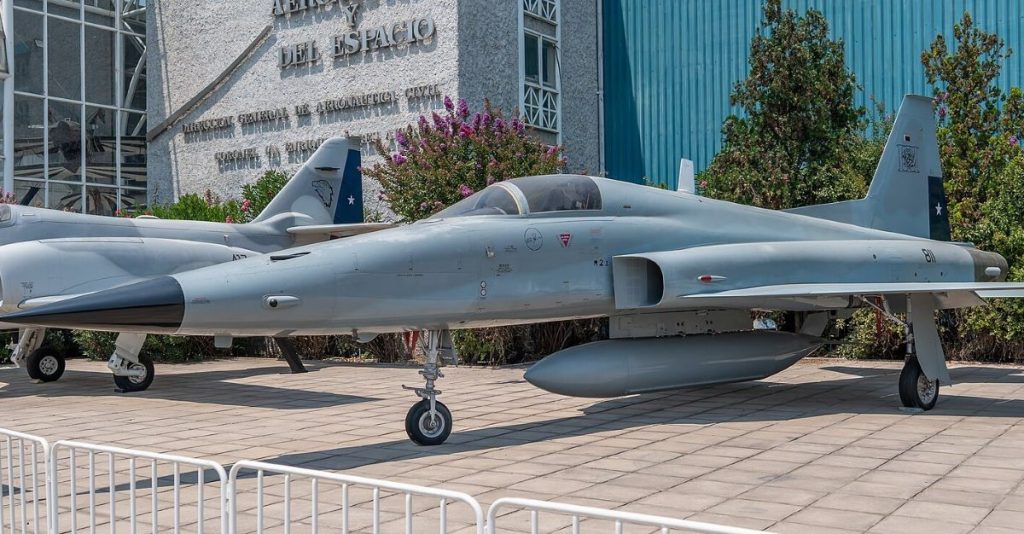
Originally designed as an affordable, lightweight jet for U.S. allies, the F-5 is still flying combat and training missions in countries such as Brazil, Tunisia, and Taiwan.
The U.S. military also uses modified F-5s as aggressor aircraft in pilot training programs. Its simplicity and agility have helped it defy obsolescence.
Tupolev Tu-95 “Bear”

With its unmistakable turboprop engines and distinct sound, the Tu-95 continues to fly long-range patrols for the Russian Air Force. Introduced in 1956, it has been modernized with new avionics and cruise missile capabilities.
The Bear’s longevity is a mix of intimidation and utility that Russia seems in no hurry to abandon.
McDonnell Douglas F-4 Phantom II
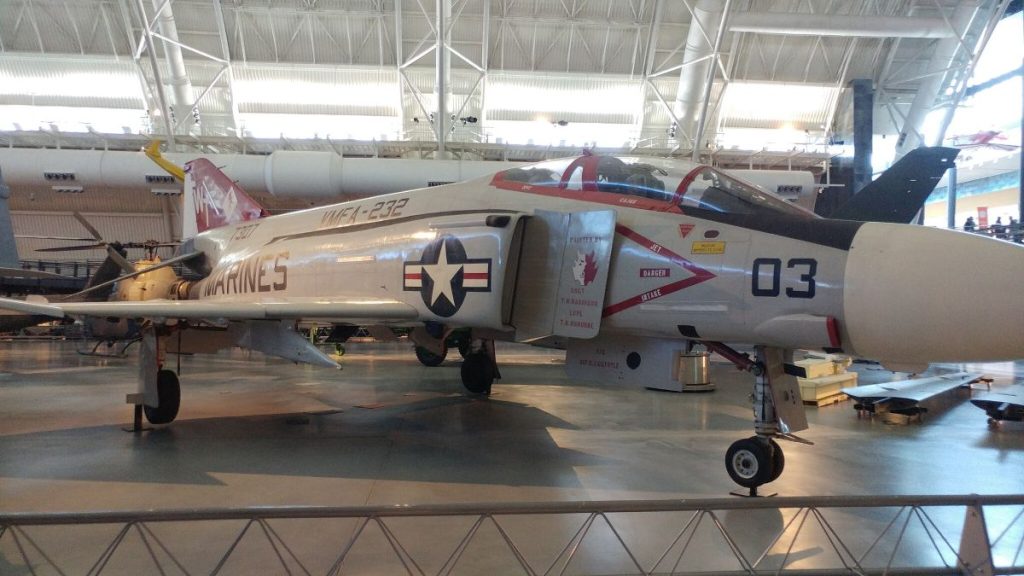
The F-4 Phantom served in the Vietnam War and in air forces around the world. Although retired by the U.S. military, it remains in service with nations like Iran and Turkey.
Some have been heavily modified with digital cockpits and radar systems, extending their lifespan in roles like reconnaissance and training.
Dassault Mirage III
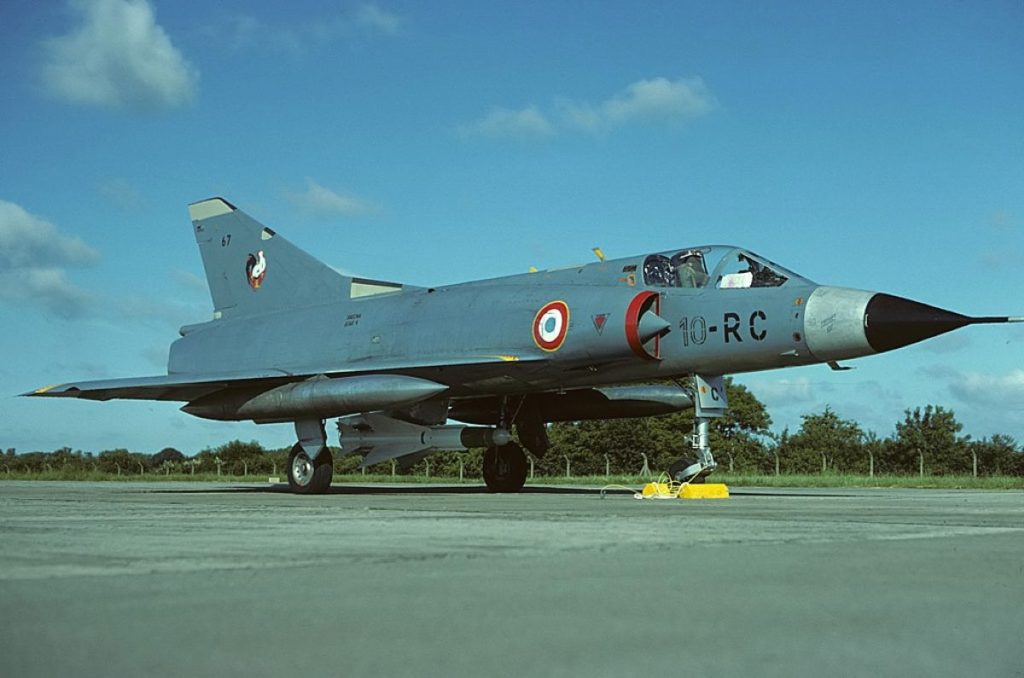
France’s first supersonic fighter, the Mirage III, saw action from the Middle East to South America. While most countries have moved on, Pakistan and Argentina still maintain upgraded versions in active service.
With its iconic delta-wing design, the Mirage III proved to be both elegant and effective.
Sukhoi Su-25 “Frogfoot”
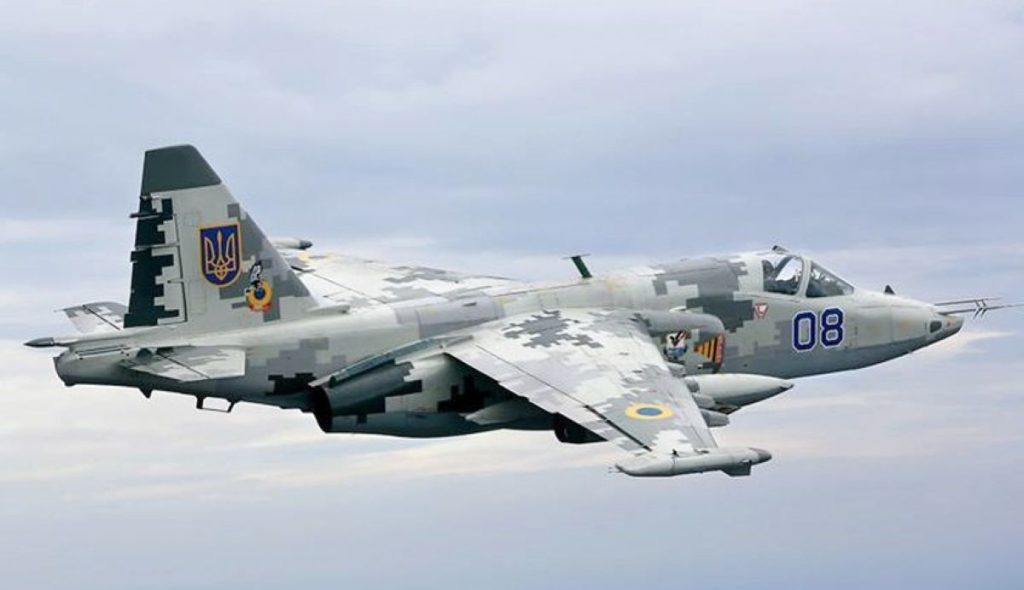
Built to provide close air support to Soviet ground troops, the Su-25 is still actively used in conflicts from Ukraine to the Caucasus.
Its heavily armored fuselage and ability to operate in rough conditions make it ideal for front-line combat.
Russia and several post-Soviet states continue to rely on it, and production persists to this day.

